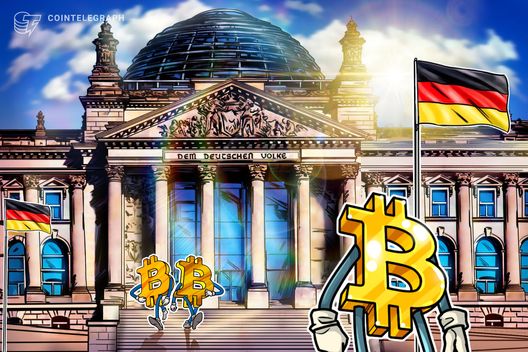- The Wormhole (W) price surge has faded as Bitcoin weakness drags the crypto market lower.
- Technical analysis shows bearish momentum with support at $0.08 under pressure.
- HyperEVM launch on Wormhole expands cross-chain liquidity and developer adoption.
Wormhole’s cryptocurrency, W, has faced a sharp bearish pullback after briefly rallying on the news of HyperEVM’s integration into its ecosystem.
The much-anticipated integration connected Wormhole to Hyperliquid’s high-performance blockchain, opening new cross-chain liquidity channels.
However, despite the promising expansion of utility, bearish signals across technicals and derivatives have cast a shadow over its price outlook.
HyperEVM integration expands Wormhole’s reach
The HyperEVM launch represents a milestone for Wormhole’s long-term ecosystem strategy.
Notably, HyperEVM brings EVM compatibility directly into Hyperliquid, a performant L1 blockchain capable of processing 200,000 orders per second with billions in daily trading volume.
By integrating with Wormhole, HyperEVM enables cross-chain liquidity access while allowing developers to deploy ERC-20s and interact with HyperCore’s deep on-chain order books.
Users can now move assets seamlessly between HyperEVM and Wormhole’s 40+ supported blockchains through the Wormhole Portal.
Developers, on the other hand, can integrate token transfers into their applications with just a few lines of code using Wormhole Connect.
A rally cut short
The initial market reaction to the HyperEVM announcement was strong.
On August 29, Wormhole surged more than 33% in just a few hours, climbing from $0.079 to $0.106 as traders rushed in to bet on a longer-term upside as the integration unlocked asset transfers between HyperEVM and over 40 blockchains.
However, the enthusiasm was short-lived.
As Bitcoin (BTC) slipped below $110,000, Wormhole lost momentum and began to slide back toward the $0.08 support zone.
By the close of trading, much of its intraday gains had evaporated. The sharp rejection at the $0.085 mid-range resistance underscored how fragile the rally had been.
Technical analysis flash warning signs
Price charts confirm that Wormhole (W) remains under heavy bearish pressure.
On the weekly timeframe, the token has been unable to break past its swing highs, with resistance set near $0.104 and support at $0.054.
Since April, it has made new swing lows, leaving its broader market structure tilted to the downside.
The daily chart highlights a defined trading range between $0.071 and $0.098. While volatility has picked up, momentum indicators are pointing in the wrong direction for bulls.
The Chaikin Money Flow (CMF) remains negative at -0.21, suggesting consistent capital outflows from the market.
The Awesome Oscillator has also tilted toward weak bearish momentum, while the Stochastic RSI is approaching overbought conditions that could signal another downward move.

Short-term action is equally cautious. On the two-hour chart, Wormhole (W) is hovering above the $0.08 order block, a level that recently provided the base for its rally.
If the support at $0.08 gives way, the path toward the lower end of the range near $0.071 becomes more likely.
Wormhole derivatives show retail optimism, but risk looms
Data from Coinglass reveals an interesting split between retail traders and top accounts.
The overall W derivatives trading volume has fallen sharply by 48% to $532 million, even as open interest rose slightly to $75 million.
In addition, the global long-to-short ratio stands below parity at 0.95, reflecting a mild short bias.
However, on Binance and OKX, account ratios showed a clear lean toward longs, with retail traders heavily positioned for a rebound.
In contrast, top traders’ positions were almost evenly balanced, hinting at a hedging stance rather than conviction.
This divergence leaves retail longs vulnerable if the broader bearish trend continues.
The post Wormhole price outlook turns bearish after rallying on HyperEVM integration appeared first on CoinJournal.



